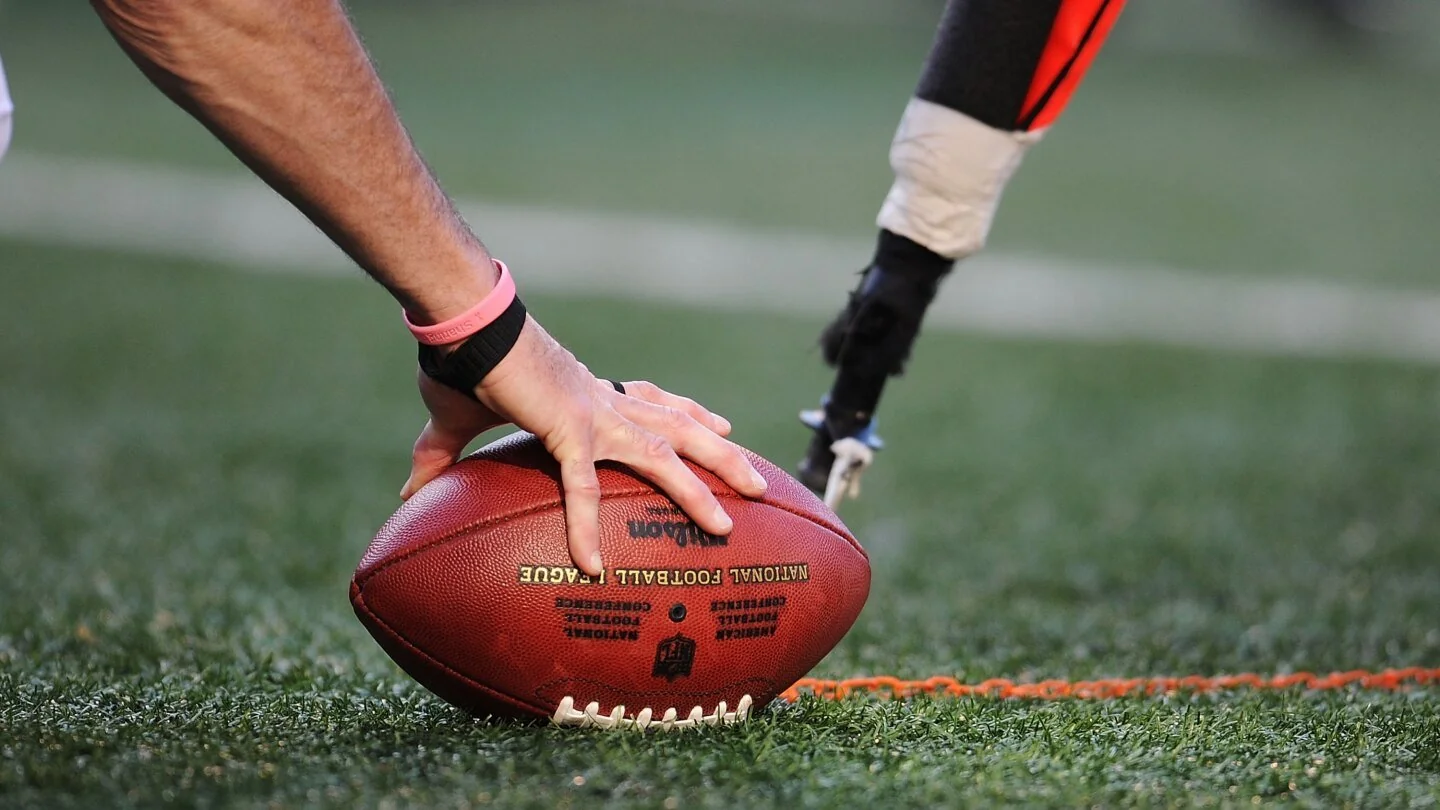
The National Football League (NFL) is among the premier professional football events in the world. It is widely recognised for its high-intensity games, strategic plays, and passionate fan base. The league, consisting of 32 teams, is central to the sports culture of many countries around the world.
But not everyone is exactly familiar with its mechanics, rules, or how the game is played. For newcomers or those looking to deepen their understanding, grasping the basic components of an NFL game can open up a whole new level of appreciation for the sport.
Game Duration
The NFL totals 60 minutes of gameplay. It is divided into four quarters, with each lasting 15 minutes. However, the actual length of a game is much longer due to breaks, timeouts, and stoppages in play.
Between the first and second quarters, as well as the third and fourth quarters, there is a brief intermission, which is known as halftime. Halftime typically lasts about 12 minutes but can be extended for significant events like the Super Bowl, where entertainment performances are often featured.
Throughout the game, the clock runs continuously except in certain situations—when the ball is incomplete, a player goes out of bounds, or there is a penalty. Such stoppages can add significant time to the overall length of a game, which typically lasts around 3 hours.
For sports enthusiasts who want to engage with the game beyond just watching, there are platforms such as SG Pool Odds, which allow fans to bet on various game outcomes.
Scoring in the NFL
In NFL games, teams accumulate points through various types of scoring plays. Below is a breakdown of how each scoring method works:
- Touchdown (TD) – 6 points: The most significant scoring play in football occurs when a team advances the ball into the other team’s end zone. A touchdown can be scored
Through carrying the ball into the end zone or catching a pass that is thrown into it.
- Field Goal – 3 points: A team may attempt a field goal when they are within range, usually on 4th down. The ball is snapped to the holder, who sets it up for the kicker to boot it through the goalposts.
- Extra Point – 1 point: After scoring a touchdown, the team has a chance to gain an additional point by kicking the ball through the goalposts from the 15-yard line.
- Two-Point Conversion – 2 points: Rather than attempting an extra point, the scoring team may opt for a two-point conversion. This involves running or throwing the ball into the end zone from the 2-yard line.
- Safety – 2 points: Safety occurs when the defence brings down the offensive player with the ball in their own end zone or when the offence commits certain penalties in their end zone.
- Defensive Touchdown: If the defence catches a pass or recovers a fumble. The ball will then be returned to the opposing team’s end zone, where the team can score a touchdown for their team, earning 6 points.
The Downs System
A fundamental feature of NFL football is the downs system. This determines how a team advances the ball on the field.
- 1st Down: On their first play, the offensive team tries to gain 10 yards or more. If they succeed, they earn a new set of four downs.
- 2nd Down: If the team does not gain 10 yards on the first down, they have another chance on the second down to move closer to the 10-yard marker.
- 3rd Down: If they still have not reached the 10 yards, the team tries again on the third down. If they fail to convert on third down, they face the 4th down.
- 4th Down: If a team still fails to convert on 3rd down, they have one last chance to gain 10 yards. If unsuccessful, the team must either punt (kick the ball away to the opposing team) or attempt a field goal if within range.
Teams that fail to advance 10 yards within their four downs either turn the ball over to the opponent or kick it away, which can dramatically impact the flow of the game.
This system provides opportunities for strategic decisions, such as whether to attempt a long pass, run the ball, or opt for a punt. Fans watching an NFL game can use this system to analyse the team’s approach and predict possible outcomes. This is a key aspect, even for Singapore Pools live betting markets.
The Play Clock
The play clock is another essential part of an NFL game. This ensures that teams maintain a reasonable pace of play.
Following each play, the offensive team has 40 seconds to begin the next one. In specific situations, like when the previous play ends with a stoppage of the clock, this time frame is reduced to 25 seconds.
The play clock ensures teams maintain a steady pace and prevents unnecessary delays. If the offence does not snap the ball before the clock runs out, they incur a 5-yard penalty for delay of game.
Conclusion
The NFL offers a dynamic and highly strategic form of football that blends athleticism, precision, and decision-making. Whether you are watching the game for entertainment or looking to engage with it through online betting sites, understanding the basics of the game can enhance your appreciation of the sport. The ever-evolving strategies used by teams make the NFL a thrilling spectacle, keeping fans on the edge of their seats throughout each game.


